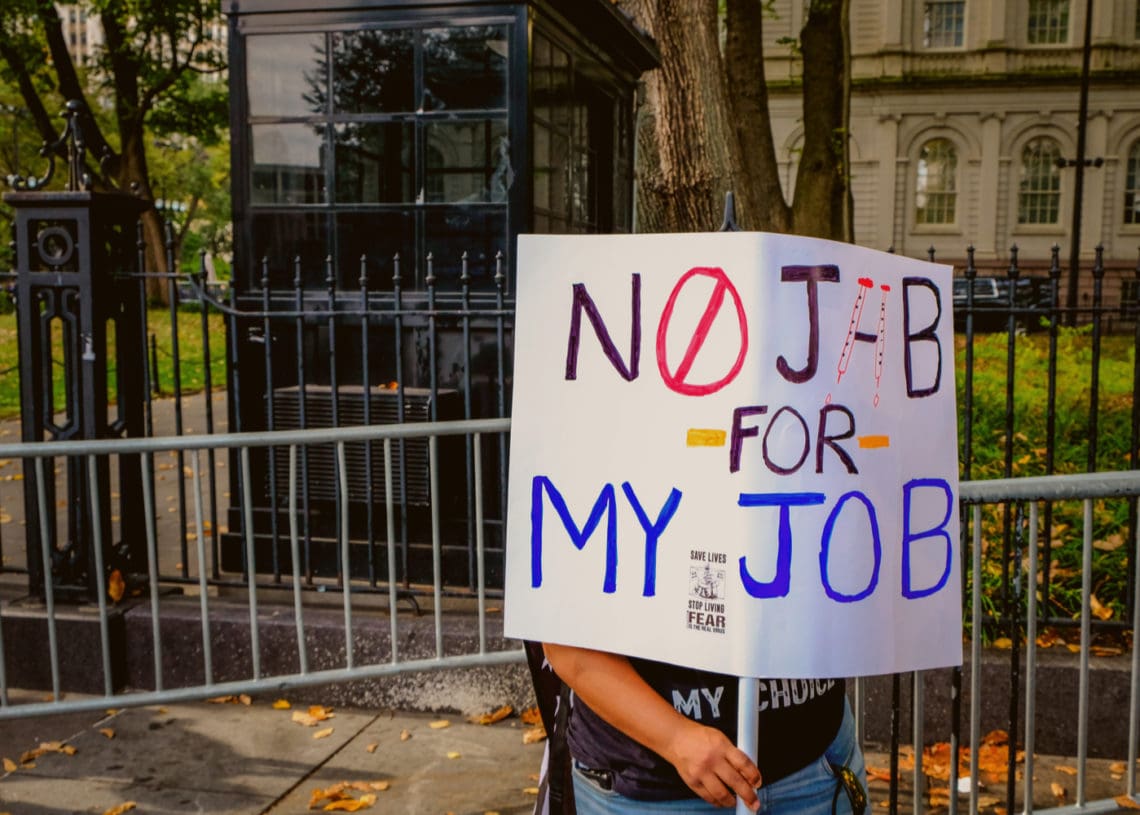The Fifth Circuit Court has permanently blocked the OSHA vaccinate-or-test ETS. But judicial review continues. In the meantime, businesses can do little more than educate themselves on the matter.
On November 4, 2021, the Occupational Safety and Health Administration (OSHA) issued an Emergency Temporary Standard (ETS) that requires businesses that employ 100 or more employees to either mandate their workforce to receive the COVID-19 vaccination or require weekly COVID-19 testing and face coverings. The vaccine-or-test ETS was set to take effect as soon as December 6.
However, on November 5, certain businesses and individuals filed suit in the Fifth Circuit Court of Appeals, challenging OSHA’s ETS, arguing that the ETS exceeded OSHA’s scope of authority or that the ETS is unconstitutional. As an initial remedy, the parties requested the Fifth Circuit to temporarily stop or “stay” enforcement of the ETS, which would preserve the current status quo. Others filed similar cases in the Sixth, Seventh, Eighth, and Eleventh Circuits. While Colorado is in the Tenth Circuit, employers nationwide should be tracking the legal developments of the ETS, given the likelihood of a unifying judicial order in the coming weeks or months.
Constitutionality of the OSHA ETS Has Yet to Be Determined
Within 24 hours, the Fifth Circuit ordered a stay of the ETS, blocking the ETS from taking effect nationwide, stating that “there are grave statutory and constitutional issues” with the ETS. The court expanded that action to a permanent block on November 12. Given that the federal appeals courts may have different rulings, there will ultimately be a unifying judicial order from the multidistrict litigation panel or the U.S. Supreme Court.
With the stay in place and the December 6 deadline quickly approaching, what should employers do?
While the ETS makes its way through the legal system, OSHA cannot enforce the ETS. Right now, an employer’s best course of action is to be familiar with the requirements set out in the ETS and prepare to implement those requirements if the stay is lifted. There will likely be little tolerance for employers who claim to have done nothing while waiting for a legal ruling.
So, what are the OSHA ETS requirements, and how can employers prepare?
OSHA’s ETS requires private employers who employ more than 100 employees to mandate the COVID-19 vaccine or require COVID-19 testing weekly for unvaccinated employees and wear a face covering. Additional requirements for private employers include the following:
- Execute and enforce a written policy on COVID-19 vaccines as well as testing and face coverings;
- Provide information to employees on vaccines and the ETS requirements;
- Provide employees with paid time off to obtain the COVID-19 vaccine and recover from any side effects;
- Obtain and maintain records of vaccination status for employees; and
- Comply with notice and reporting requirements when there is a positive COVID-19 case.
Employers can begin to prepare to meet the ETS requirements by creating a vaccination policy or other technical standards. At a minimum, employers should be thinking through implementing practices to comply with the ETS requirements and have a tentative plan in place. Should the stay be lifted and the ETS found legally constitutional, the penalty for non-compliance could be up to almost $14,000 per violation. Given the uncertainty as to whether the ETS will be enforceable and when it may be enforceable, employers should be prepared to abide by the ETS if there is short notice for compliance.
If you need assistance determining whether you are covered employers, how to prepare and meet the ETS requirements or for any other questions or concerns, please reach out to Moye White’s Labor and Employment Group.



 As a member of the litigation team at Moye White LLP, Caleena S. Braig represents clients in a wide variety of civil litigation matters, including construction defect, professional liability, and FELA claims. She can be reached at (303) 295-9815 or caleena.braig@moyewhite.com.
As a member of the litigation team at Moye White LLP, Caleena S. Braig represents clients in a wide variety of civil litigation matters, including construction defect, professional liability, and FELA claims. She can be reached at (303) 295-9815 or caleena.braig@moyewhite.com. 









